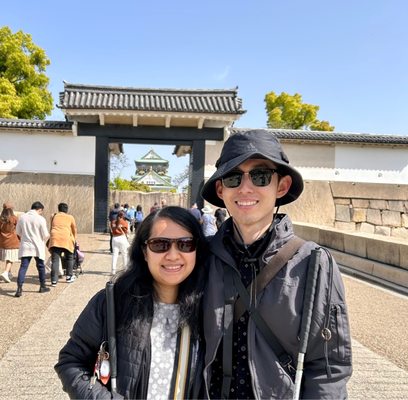Osaka Castle
Iconic castle landmark with museum, panoramic city views
Iconic castle landmark with museum, panoramic city views
























"Osaka Castle is a cultural symbol of Osaka, featuring moats, defensive walls, and a green-roofed main keep. Much of the site was reconstructed in the 1990s, with exhibitions and events focused on Japanese history, art, and culture. It is especially beautiful at night when illuminated."

"Osaka Castle is one of the city’s most iconic landmarks. The central building is five stories on the outside and eight stories on the inside built atop a tall stone foundation. It is also one of the best spots to take in the view of Osaka during the day or night."


"Though the current structure dates to 1931 rather than the original, Osaka Castle is still an impressive landmark with a small museum inside and an observation deck that provides picturesque city views." - Matthew Kepnes

"Originally built in the late 16th century by Toyotomi Hideyoshi, Osaka Castle has been destroyed and rebuilt multiple times and the current version dates to 1931; it sits amid sprawling grounds with a moat, houses a small museum, and has an observation deck offering picturesque urban views." - Matthew Kepnes